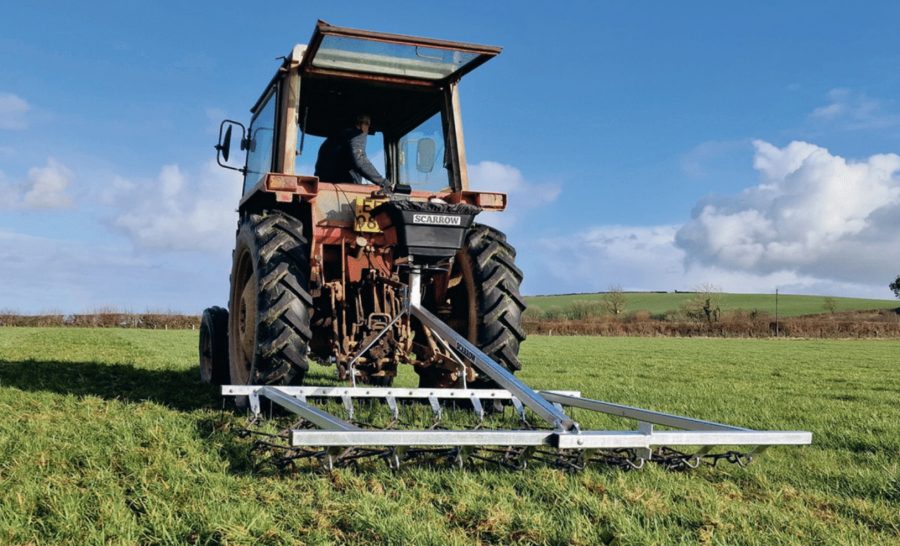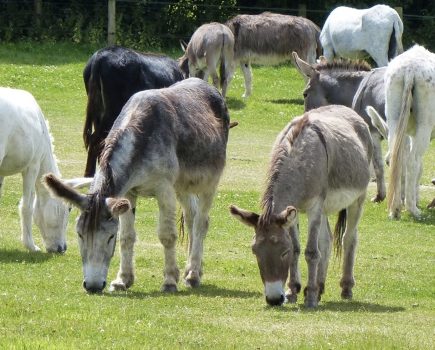How to improve and enhance grassland is a common requirement. Jeremy Burgess explores the option of overseeding, when to consider it and how to go about the process.
Enhancing or re-vitalising pasture has traditionally been achieved with a full re-seed. This begins by killing off existing vegetation with Glyphosate followed by ploughing, then working down a seedbed before sowing a new commercial grass seed mix and rolling to consolidate.
Prior to this, soil samples are sent to a laboratory for analysis and the nutrient and Ph value of the soil corrected accordingly by liming and fertiliser. The motivation generally being to maximise grass yields, for instance on a commercial dairy farm. The total re-seeding operation having significant environmental impact in both fuel used and chemicals applied. Once completed the newly seeded area can not normally be grazed or mowed for several months.
Overseeding however is a much easier and lower cost process with significant advantages over a full re-seed. The cost is lower, the equipment required more basic, the Co2 produced is significantly less, no chemicals are used and after a short interval the area concerned can be returned to use. Basically re-seeding is a ground zero approach with completely new grass whereas overseeding adds to and compliments what is already there.
REASONS FOR OVERSEEDING
There are several reasons and scenarios where over-seeding should be considered. If grass yield is important for grazing or haymaking, then existing pasture can be re-invigorated by adding a new seed mix, for instance containing white clover, rygrass and ribgrass.
Many commercial farms are now using overseeding as part of their grassland management regime and a number of different seed mixes and specialist machines are now available to facilitate this. Another reason to consider overseeding is to enrich a pasture by adding a herbal mix to the sward.
This can have both nutritional and health benefits to horses and livestock. Typical contents of a herbal overseed mix include sheeps parsley, sainfoin, fenugreek and ribgrass. Herb rich pasture and subsequent hay produced is more tasty and palatable for livestock as well as providing natural health benefits.The fact that overseeding adds to the existing plant population rather than destroying it, makes it an ideal technique to add herb species to pasture.
This article extract was taken from the August 2024 edition of The Country Smallholder. To read the article in full, you can buy the issue here.
To receive regular copies of The Country Smallholder magazine featuring more articles like this, subscribe here.
For FREE updates from the world of smallholding, sign up for The Country Smallholder newsletter here.








